ARTICLE AD BOX
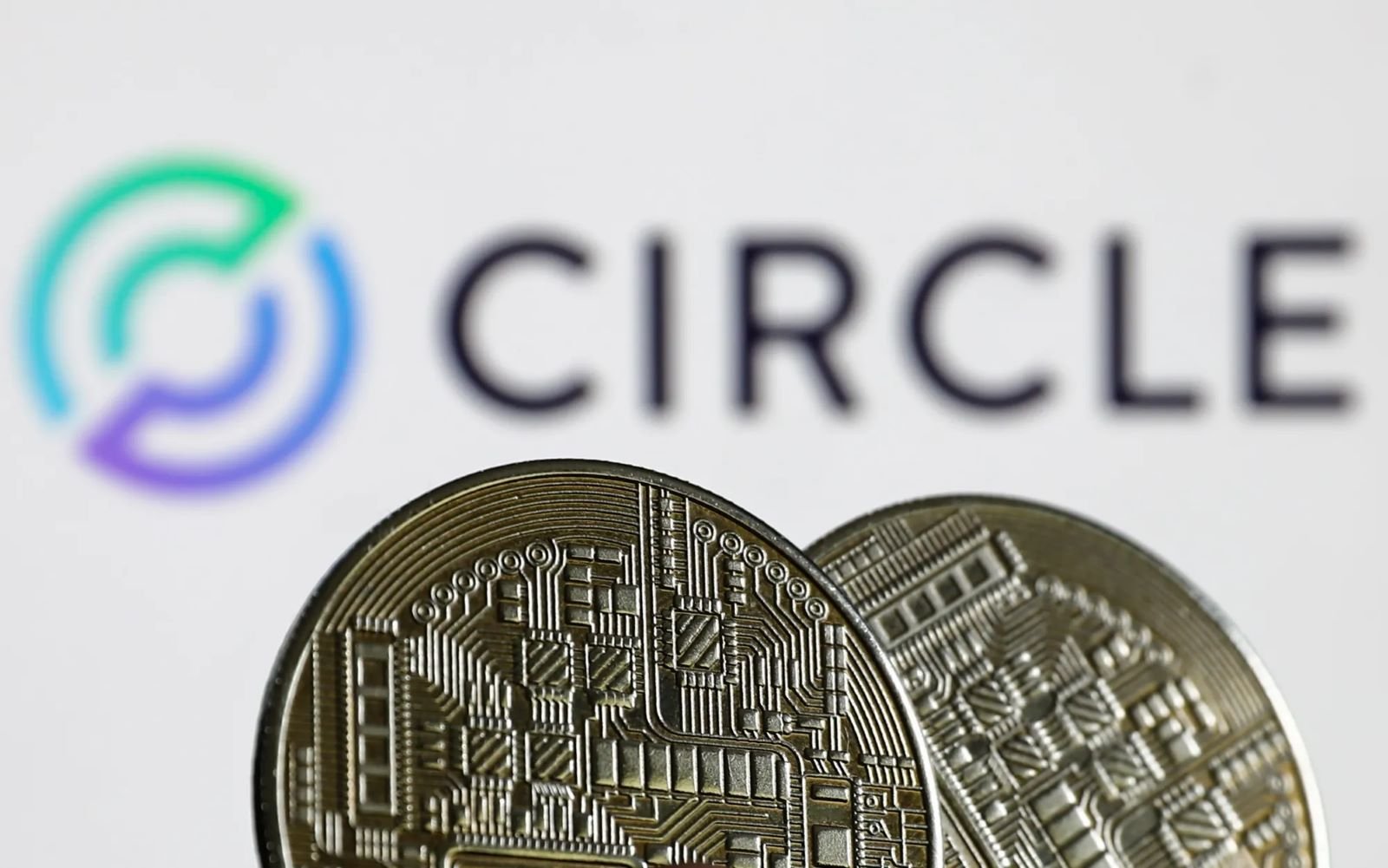
- Ant International has announced a partnership with Circle Financial to bring USDC onto its blockchain platform.
- The integration is contingent on U.S. regulatory approval of USDC under the recently passed GENIUS Act.
Ant International, the global arm of Jack Ma’s Ant Group based in Singapore, is gearing up to support USDC, the regulated stablecoin from Circle, on its blockchain platform.
The move is still waiting on U.S. regulatory approval, but it’s a big signal of where things are heading. You might not see Ant International in the headlines every day, but it’s a major player behind the scenes.
Last year alone, it handled over $1 trillion in transactions for merchants, banks, and fintechs worldwide, and impressively, about a third of that was processed directly on its own blockchain, known as Whale.
But while Ant’s existing systems already handle tokenized bank deposits and even some central bank digital currencies (CBDCs), they’ve been mostly “closed-loop.” That means they’re efficient, but not easily connected to the broader financial system. That’s where USDC comes in.
Why USDC?
Circle’s USDC is a dollar-backed stablecoin, meaning its value stays pegged to the U.S. dollar. It’s already used widely across DeFi and crypto exchanges, and currently has a market capitalization of about $62 billion, as the second-largest stablecoin just after Tether (USDT).
But what’s new is its appeal to traditional finance, especially with its need to align with the new U.S. legislation like the Guiding and Establishing National Innovation for U.S. Stablecoins (GENIUS) Act. Officially known as the Guiding and Establishing National Innovation for U.S. Stablecoins, this bipartisan bill passed the Senate on June 17, with strong support (68–30).
As CNF reported, it’s a big deal because it lays the groundwork for the first-ever federal framework around dollar-backed payment stablecoins.
For Ant International, using USDC opens up several big advantages. With USDC integration, real-time global payments become a reality, anytime, anywhere, cutting out the delays that usually come with cross-border transactions. It also opens the door to seamless interoperability between banks, digital wallets, and public blockchains, creating a more connected financial ecosystem.
For both small startups and large corporations, this means fewer headaches when it comes to managing treasury operations or navigating the complexities of foreign exchange.
As Ant’s Head of Platform Tech, Kelvin Li, put it, stablecoins are helping solve many of the long-standing issues with traditional payment systems. And it’s not just Ant, Circle is stepping up too, recently launching Circle Gateway, a tool that gives developers a unified view of USDC balances across multiple blockchains. That kind of streamlined access is a game-changer.
On top of that, through its Circle Mint platform, the company now offers instant, around-the-clock conversion between euros and USDC or EURC for financial institutions across the European Economic Area.
At the same time, Ant is pursuing stablecoin licenses in Singapore, Hong Kong, and Luxembourg, three key financial hubs racing to stay ahead in the digital finance game.
Hong Kong, in particular, is making moves with its new Stablecoins Ordinance, which kicks in this August and could make it one of the first jurisdictions in the world to offer a fully regulated path for fiat-backed stablecoins.
.png)
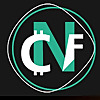 4 months ago
6
4 months ago
6


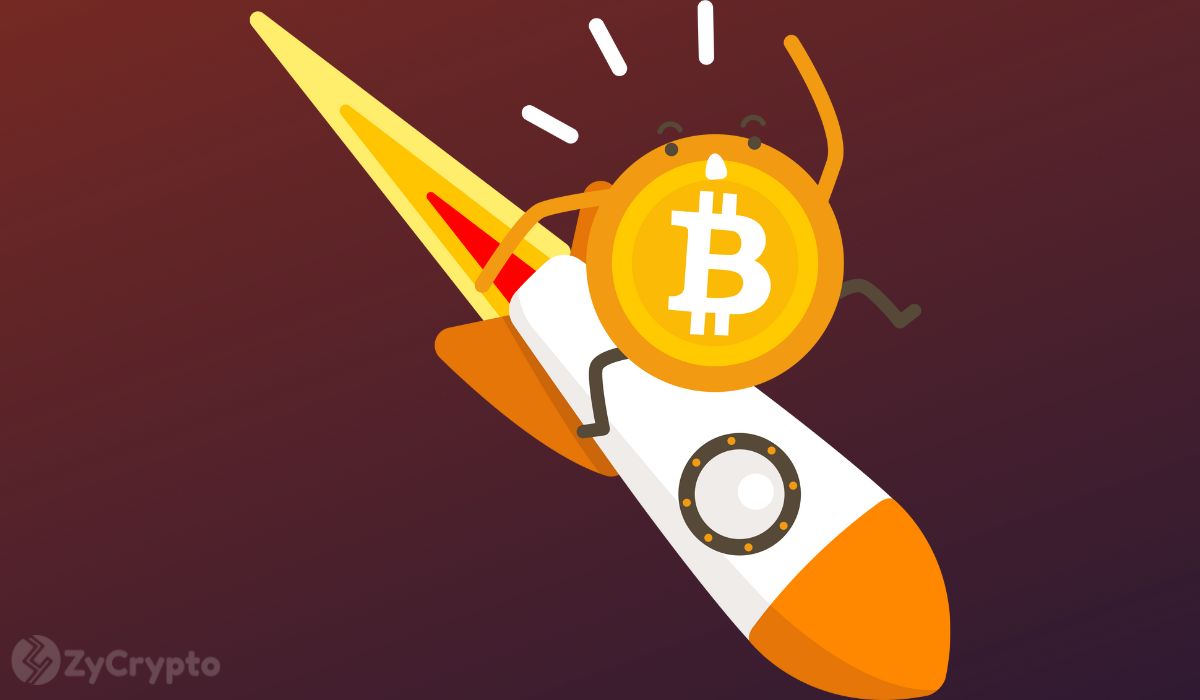
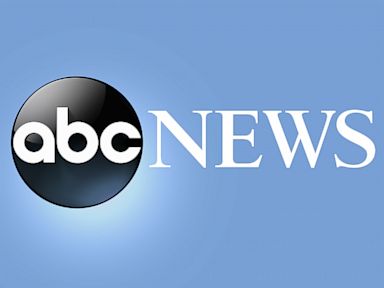


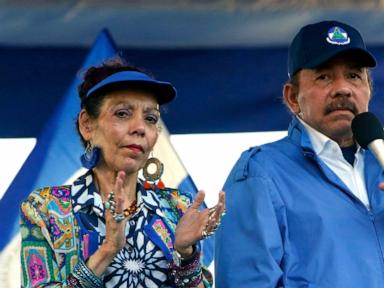

 English (US)
English (US)